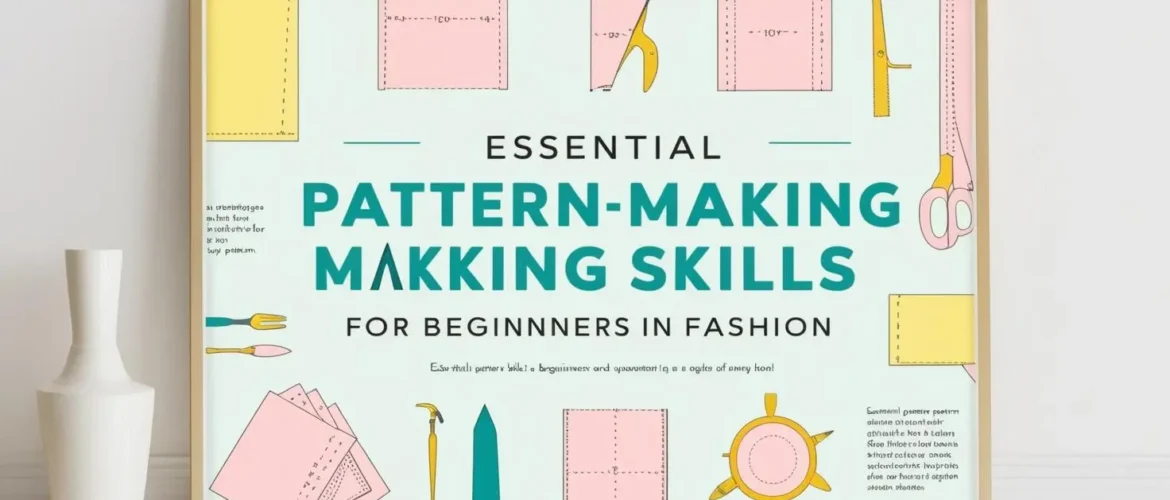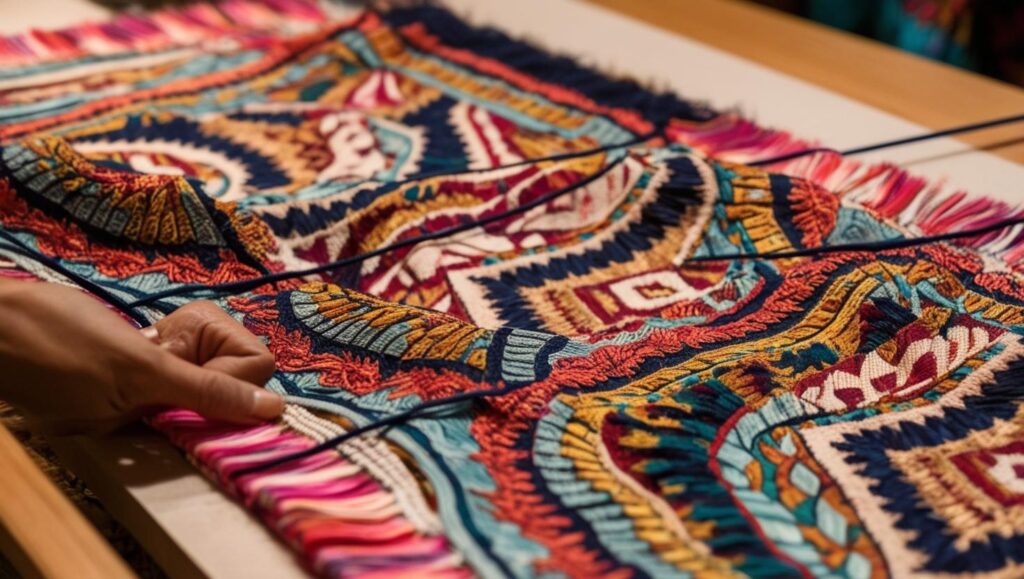Blog
Key Pattern-Making Skills for Fashion Beginners
- February 4, 2025
- Posted by: admin
- Category: Fashion Design

If you’re interested in fashion designing and you’d like to bring your designs to life, it’s about time you become equipped with the necessary skills of making patterns. From creating your garments to professional engagement in the industry, these are the most important skills of basic pattern making for well-fitting, fashionable clothing. The following guide is for beginners; it teaches you the main areas to begin with so you could build your confidence with these skills.
Understanding the Basics of Pattern-Making
Before delving into practical training, let us first understand what pattern-making is. Simply put, pattern-making is a process of making templates that would become the blueprint in the construction of garments. The patterns indicate the shape, size, and fit of every clothing piece.

1. Learn to Read and Use Pattern Terminology
Some of the very first steps into pattern-making also entail getting familiar with terms relating to patterns. Among the common ones are these:
Grainline: Tells to align this fabric in the direction indicated here or else which way it will drape and set in its structure.
Seam Allowance: Additional length of fabric apart from the seam created by sewing and needs to be taken along.
Notches: These are those little marks used for proper positioning of different pieces.
Darts: The folds in textiles to allow for a proper cloth body fit.
Once you understand these terms you will be far better able to interpret commercial trends and come up with your own more easily.
2. Measuring Your Body Correctly
The secret to a good fit when constructing garments is in the accurate measurements. Purchase a fine measuring tape and learn to measure as accurately as possible the bust, waist, hips, shoulders, and inseam. Always take your own or your model’s measurements loose for repeatability.
3. Drafting Your Basic Blocks (Slopers)
A sloper, or simple block, has no seam allowance and no stylistic information. The novice must cut out these basic blocks.
Bodice Block. For tops, dresses and jackets
Skirt Block. Use as a pattern for skirts and dress bottoms.
Pant Block. For pants and shorts.
When you have these, you could alter them to create numerous styles or ideas.
4. How to Make the Best of Pattern-Making Tools
To make perfect patterns, the right tools will be needed. Some of the must-haves in making patterns are as follows:
Pattern Paper: For sketching and altering patterns.
French Curve: To achieve smooth curves in armholes and necklines.
Ruler and Measuring Tape: To guarantee straight lines and accurate measurements.
Tracing Wheel and Carbon Paper: To transfer markings to fabric or other paper.
Making patterns will be smoother and easier with the right tools.
5. Pattern Alterations and Changes
As soon as you receive a draft of a pattern, you are still required to work to fit well. These include:
Grading: resizing of the pattern into different sizes.
Adding or removing ease; that makes the garment drape properly on the body.
Manipulation of the darts at different places in order to have other design effects.
All these will also enhance your skills for fine-tuning your patterns and designing highly customized designs.
6. Practicing draping techniques

Another way of pattern making is draping in which fabric is pinned and shaped directly on a dress form. This technique provides a real three-dimensional image of the designs. It can be helpful for extreme silhouettes. Before understanding the concept of a garment structure, a beginner can begin experimenting with muslin on a mannequin.
7. Transferring Patterns to Fabric
Once your pattern is ready, transfer it onto the fabric. Transfer involves laying down the pattern pieces, marking the notches, and cutting carefully. Use weights or pins to hold the pattern in place, and a sharp pair of fabric scissors for clean cuts.
Conclusion
Pattern-making is an essential skill for anyone looking to create their own fashion designs. While it may seem overwhelming at first, practicing these fundamental skills will build your confidence and expertise. Start small, experiment with basic blocks, and gradually work your way to more advanced techniques. With patience and dedication, you’ll be well on your way to designing beautiful, custom garments!
